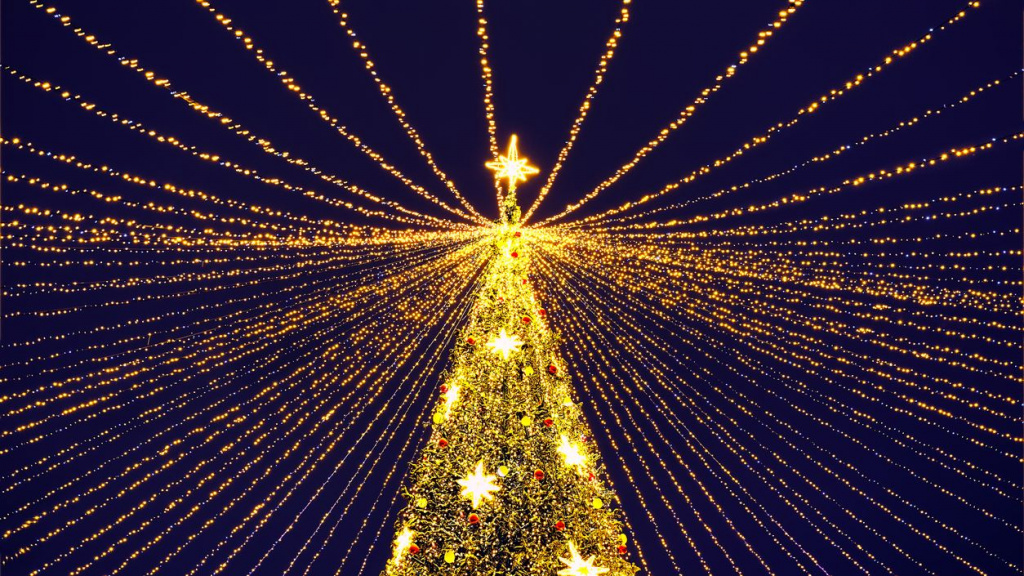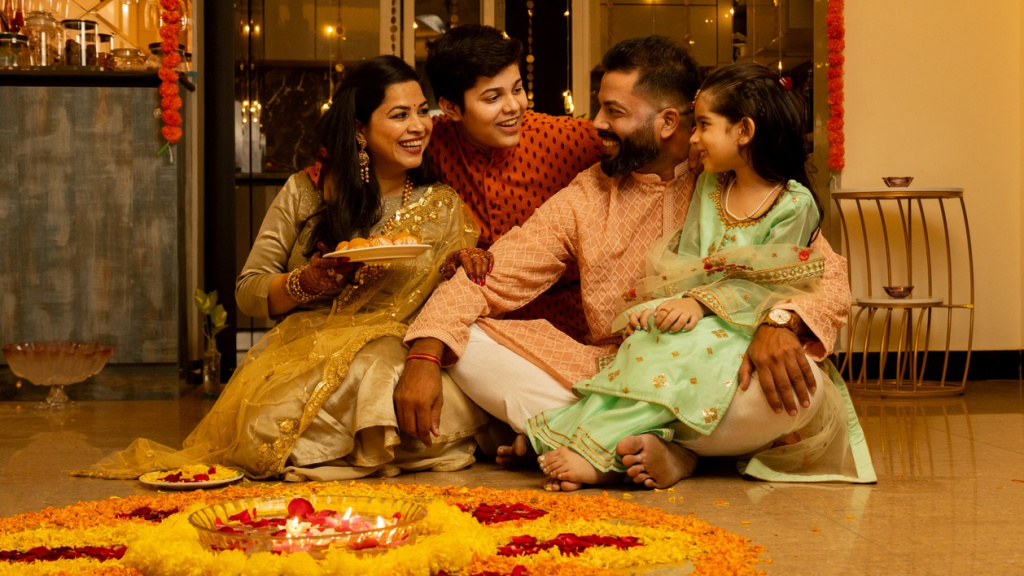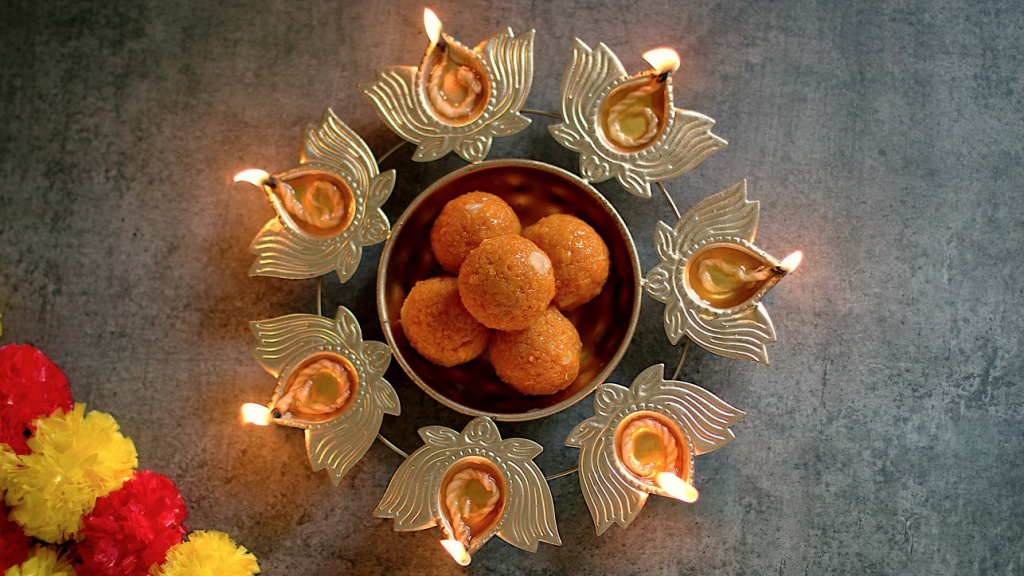India, a country known for its millennia-long history, has a wide variety of celebrations marking the start of a new year, adapting to both traditional customs and modern influences from other parts of the world.
In an exclusive commentary for TV BRICS, Sonu Saini, Professor at the Centre for Russian Studies, Jawaharlal Nehru University, New Delhi, spoke about how New Year is celebrated in India, the dates of the celebrations and the peculiarities of the traditions associated with it.
Western New Year and its adaptation in India
31 December and 1 January, known as the “Western” or “European” New Year, is one of the most recent celebrations in India. Originally adopted from European customs, this date has been popularised in big cities, especially among young people.

“We, for example, get together with friends and family, talk and eat, and it is an opportunity to be together and have a good time. Young people tend to go out, walk around and meet friends,” Saini said.
According to the professor, although the European-style New Year has become popular in cities and among young people, the country still retains its own ways of marking the beginning of a new cycle.
Traditional New Year celebrations in India
The traditional New Year in India has two main varieties. The first occurs on 13 January, on festivities such as “Lohri” in the north of the country, one of India’s most joyous and celebrated festivals, which includes the warmth of bonfires, delicious foods and the sounds of folk tunes of yesteryear. It is celebrated on the eve of “Makar Sankranti”, a Hindu festival dedicated to the sun god, Surya, which marks the beginning of his journey to the northern hemisphere, known as Uttarayana, symbolising the end of the winter solstice and the beginning of longer days.
The second, and most significant, is Diwali, the “festival of lights”, celebrated between October and November. This festival, which is also regarded as the New Year, symbolises the victory of light over darkness, says Sonu Saini.

During this period, candles, lamps, lanterns, fireworks are lit and cities are illuminated with the glow of colourful lights. In addition, houses are decorated with multi-coloured decorations (rangoli), and lit with special lamps.
“During Diwali, which is celebrated all over India, special dishes are cooked, houses are decorated, especially cleaned and painted very carefully,” the professor added.
New Year in rural regions
As the professor points out, in India’s rural communities, New Year celebrations have a cultural approach that highlights local traditions. Around bonfires, families gather to share special dishes such as “Anarsa”, typical of the state of Maharashtra, made with rice flour, sugar and clarified butter, decorated with sesame seeds, or “Narikol Laru”, a sweet typical of the state of Assam made with grated coconut and ginger. These gatherings also include local folk dances and traditional music.

In other regions, such as Andhra Pradesh, traditional sweets like Gavvalu also play an important role in the festivities. This dish is prepared with a mixture of plain flour, water or milk, and is a favourite at family gatherings.
While 31 December has become a popular occasion in the cities, especially among the youth, the traditional celebrations of 13 January and Diwali remain deeply meaningful.
Photo:
iStock


